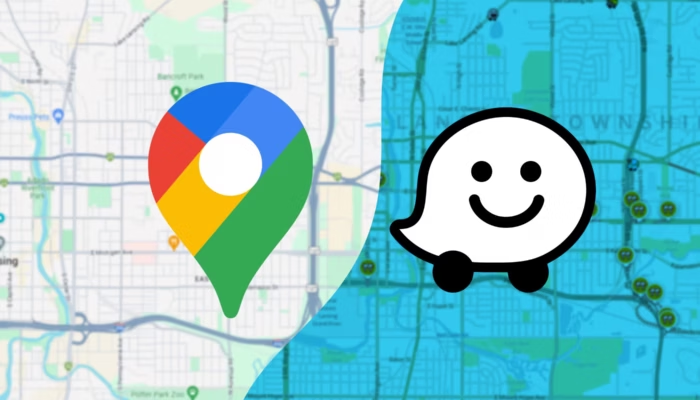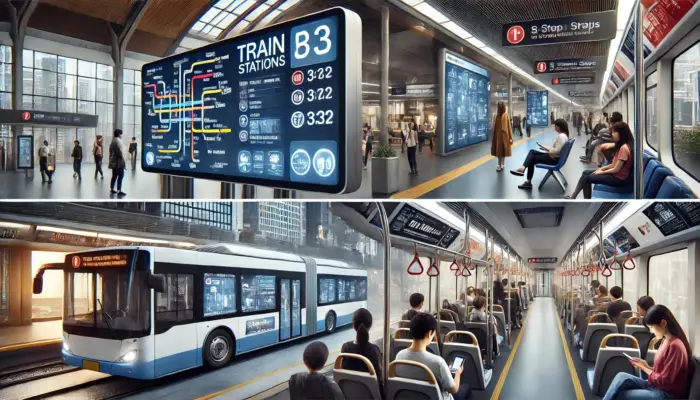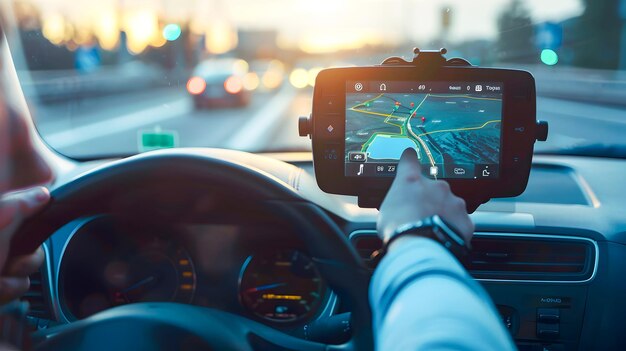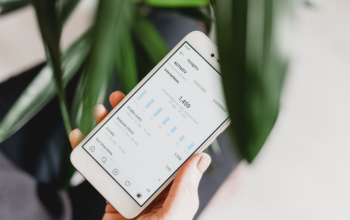Digital transportation has revolutionized the way we move around cities and countries. Thanks to smartphones and innovative apps, getting from one place to another has become much easier, faster, and more efficient. These apps have made both private and public transportation more accessible and user-friendly.
Digital Ride-Hailing Apps
Apps like Uber, Lyft, Grab, and Ola have changed the way we think about transportation. Traditional taxis were once the primary option for getting around, but now these digital platforms have made it easy for anyone with a smartphone to book a ride instantly. These apps have several key benefits:

- Convenience: Users can book a ride anytime and anywhere with just a few taps on their phone. The app automatically matches them with a nearby driver.
- Transparent Pricing: Instead of negotiating fares or relying on meters, users know the price of the ride upfront. Most apps also provide an estimated fare before confirming the booking, so there are no surprises at the end of the ride.
- Cashless Payments: Users no longer need to carry cash. Payment is done digitally through the app, either by linking a bank account or credit card.
- Variety of Options: Ride-hailing services offer various vehicle options, such as economy cars, luxury cars, electric vehicles (EVs), and even shared rides. This gives people more choices depending on their needs and budget.
These apps are now available in hundreds of cities around the world, offering an affordable and flexible alternative to traditional taxis.
Public Transportation Apps
In addition to private ride-hailing services, digital technology has improved public transportation as well. Apps like Moovit, Citymapper, and Google Maps are essential tools for navigating bus, metro, and train systems. They provide users with:

- Route Planning: These apps help users plan their journey by showing the best routes, transfers, and schedules for public transportation. This is especially helpful for people unfamiliar with the city’s transport network.
- Real-Time Updates: Many of these apps track the current location of buses, trains, or trams, allowing users to get real-time updates on delays, cancellations, or expected arrival times.
- Cashless Fare Payments: Some cities now allow users to pay for their public transport tickets directly through these apps, eliminating the need for cash or physical cards.
Public transportation apps make commuting easier and more efficient, particularly in large cities where public transit is the most common form of transportation.
Navigation Apps: Google Maps and Waze
For those who drive or use other forms of private transport, navigation apps like Google Maps and Waze are essential. These apps offer turn-by-turn directions, real-time traffic updates, and route planning features to make driving easier.

- Google Maps: This app is one of the most popular navigation tools globally. It provides detailed maps, traffic information, and directions for driving, walking, cycling, and public transit. Some of its features include:
- Real-Time Traffic Information: Google Maps shows live traffic conditions and suggests alternative routes to avoid congestion.
- Offline Maps: Users can download maps of a particular area and access them offline, which is helpful in places with limited or no internet connectivity.
- Nearby Places: Users can search for local restaurants, shops, and other points of interest.
- Waze: This app is unique because it is driven by user-generated content. It allows drivers to report road conditions, accidents, speed traps, or traffic, helping other drivers navigate more efficiently. Waze uses this data to suggest the fastest routes based on real-time traffic updates from other users. Features include:
- Community-Driven Alerts: Users receive alerts about hazards or road conditions based on real-time data from fellow drivers.
- Integration with Ride-Hailing: Waze works with apps like Uber to provide navigation services to drivers and passengers.
Both Google Maps and Waze have become invaluable for anyone traveling by car, offering tools to reduce travel time, avoid traffic, and find the best routes.
The Benefits of Digital Transportation and Navigation
The widespread use of digital transportation and navigation apps has many advantages:

- Convenience and Accessibility: These apps make it easier to book rides, navigate unfamiliar places, and pay for services directly from a smartphone, offering convenience to users.
- Time Savings: With real-time traffic updates, these apps help users avoid traffic jams and road closures, ensuring they reach their destinations more quickly.
- Cost-Effective: In many cases, digital transportation services are more affordable than traditional taxis, offering users a more budget-friendly way to travel. Ride-hailing apps often offer discounts, surge pricing adjustments, and more flexible payment methods.
- Global Availability: These apps are available in many countries and cities around the world, making them useful for both locals and travelers. Whether you’re in New York, Jakarta, or Paris, you can rely on these apps to get around.
Challenges of Digital Transportation and Navigation
Despite their advantages, there are some challenges associated with digital transportation and navigation apps:
- Limited Coverage: In rural areas or countries with less developed infrastructure, these services may not be available or reliable. Not every city or town has ride-hailing services or robust public transportation networks.
- Privacy Concerns: These apps collect a lot of personal data, including location information, travel history, and payment details. Users must trust that their data is being used securely and responsibly.
- Dependence on Technology: Over-reliance on these apps can cause problems if there’s a technical failure or if the user loses access to their smartphone. For instance, a GPS malfunction or app outage can leave users stranded or confused.

The Future of Digital Transportation and Navigation
The future of digital transportation is exciting and full of potential. Key trends include:
- Self-Driving Cars: The development of autonomous vehicles could make rides even more convenient, efficient, and safe. In the future, we might see more self-driving cars on the road through ride-hailing apps.
- Artificial Intelligence (AI) and Automation: AI-powered apps could provide even smarter route planning, predicting traffic patterns, and automatically adjusting routes for users.
- Sustainable Transportation: With growing concerns about the environment, digital transportation services may shift towards electric vehicles and shared rides to reduce carbon footprints. Some companies are already exploring these options.
- Better Integration with Other Technologies: As 5G and IoT (Internet of Things) technology advances, digital transportation apps could become even faster and more reliable, integrating more data to improve route planning and traffic management.
Digital Transportation and Navigation Are Here to Stay
In conclusion, digital transportation and navigation have drastically improved how we travel. These apps have made commuting more convenient, affordable, and accessible. As technology continues to advance, we can expect these services to become even more efficient, sustainable, and integrated into our daily lives. Whether for private rides, public transit, or driving, digital solutions are shaping the future of global mobility.
















